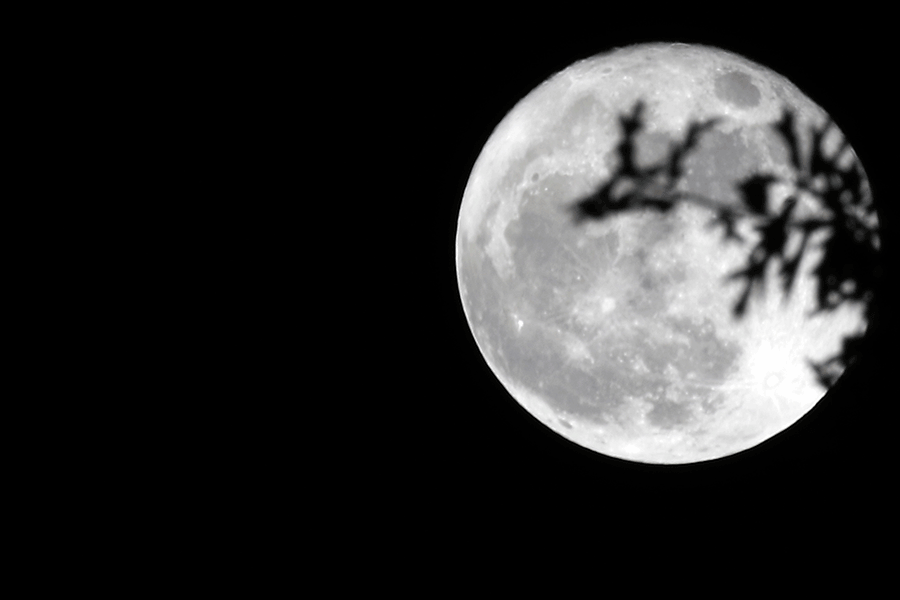Why Trump might send humans back to the moon
Loading...
To President Obama, the "Journey to Mars" is the way to inspire Americans about the possibilities of space. The incoming administration, however, may have goals for the space program that are a little closer to home.
Specifically, a renewed focus on the moon. James Bridenstine and Scott Pace, two potential choices for the post of NASA administrator, have called for a return to the moon. Former speaker of the House Newt Gingrich, reportedly a key advisor to President-elect Donald Trump, is also an avid supporter of moon exploration, proposing a permanent lunar colony as part of his presidential primary campaign four years ago.
Geopolitical imperatives and commercial opportunities may make a return to the moon an appealing choice for the next White House. And NASA already has much of the hardware it would need for a moon landing, increasing the economic viability of any mission.
NASA put the first astronauts on the moon in 1969. Twelve astronauts have set foot on the moon during NASA’s Apollo missions, the last of which took place in 1972. Since then, no human has been beyond low Earth orbit.
And that means no other country has ever put astronauts on the moon.
However, other countries are starting to expand their space programs with a view to sending human expeditions to the moon. Europe, Japan, Russia, and China have all discussed sending astronauts to the lunar surface within the next two decades. Russia, in fact, has invited the European Space Agency and NASA to join Russian space agency Roscosmos in developing a module that could land on the moon, the Russian news agency TASS reports. Roscosmos hopes to house 12 cosmonauts on a future moon base.
Involvement in future lunar missions could allow the United States to maintain its global prominence, Neal Lane, former President Bill Clinton’s science advisor, told the New Republic. This is particularly true if Russia succeeds in its aim of creating a lunar colony.
"We don’t want to look down from lunar orbit and watch other countries setting up camp on the surface while we go around and around [in the International Space Station]. Let’s make sure we didn’t make a mistake by leaving a lunar settlement out of the picture," he said.
Cooperating with other countries in space can encourage communication on Earth, Dr. Lane added, noting that American astronauts and Russian cosmonauts have historically enjoyed good relations.
"Sometimes that mutual respect and affection can really help you when tensions between countries are high. When it comes to our relations with China, tensions might be eased by finding ways to cooperate on space missions," he explained.
And a return to the moon wouldn’t have to break the bank. The US already has much of the technology it would need, thanks to the Constellation project, which the Bush administration designed to journey to the moon in the 2020s.
Mr. Obama killed the project, but Congress continued to invest billions of dollars in associated programs. In the next few years, the US will have most of the hardware it would need for a journey to the moon, and other countries might be willing to pay for some of the rest as part of a joint mission.
Unlike the proposed Mars landings and current efforts to redirect asteroids, there’s nothing immediately new or exciting about going back to the moon. That’s not necessarily a bad thing, Lane suggested.
"There’s so much more we need to learn, and we can learn it closer to home: on the moon," he argued, indicating that NASA is unprepared for a trip to Mars.
Mr. Trump and his transition team have yet to appoint a NASA administrator. When they do, the next administration’s vision for the space program will become clearer – but the moon looks set to play a prominent role.








